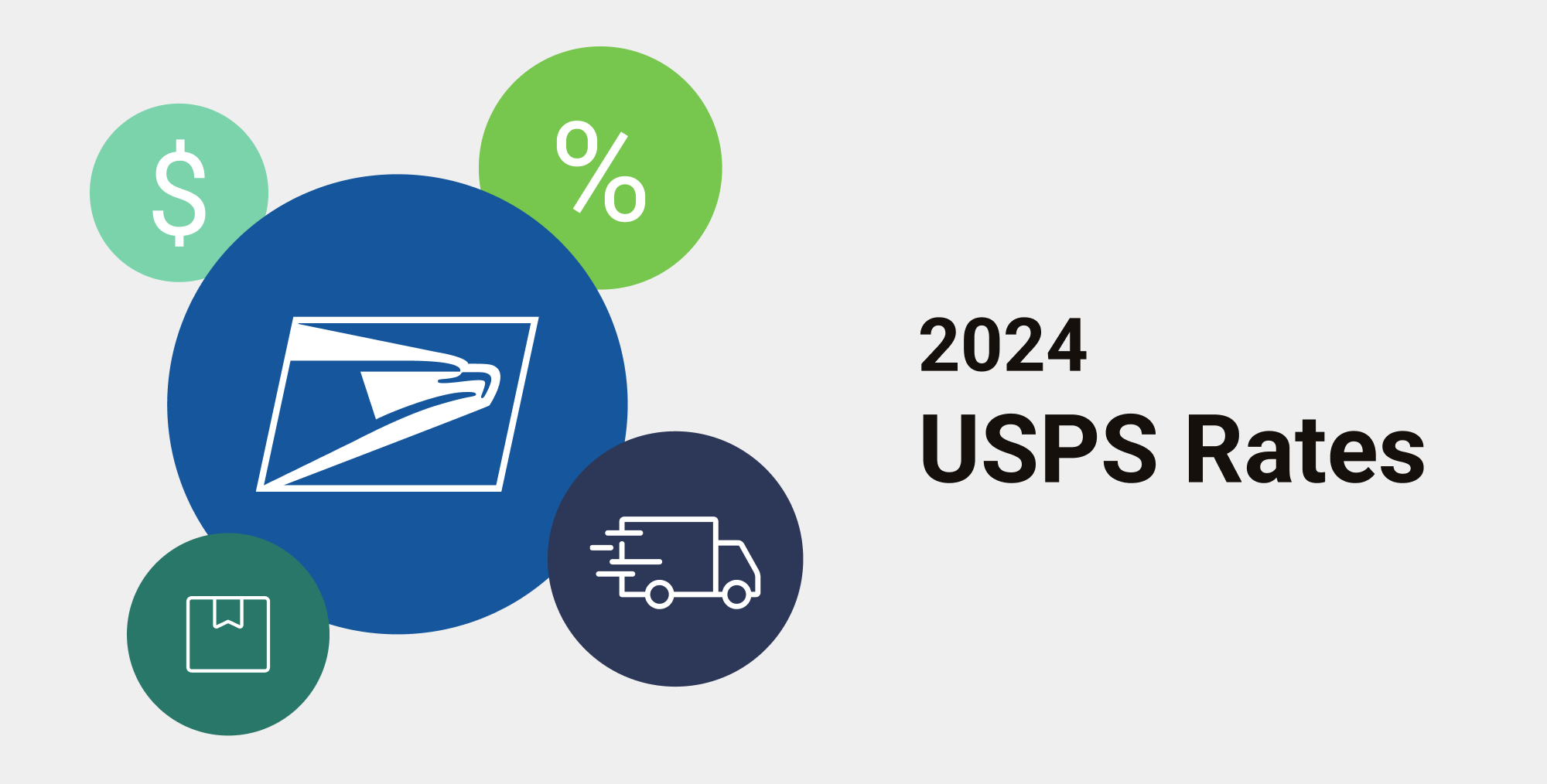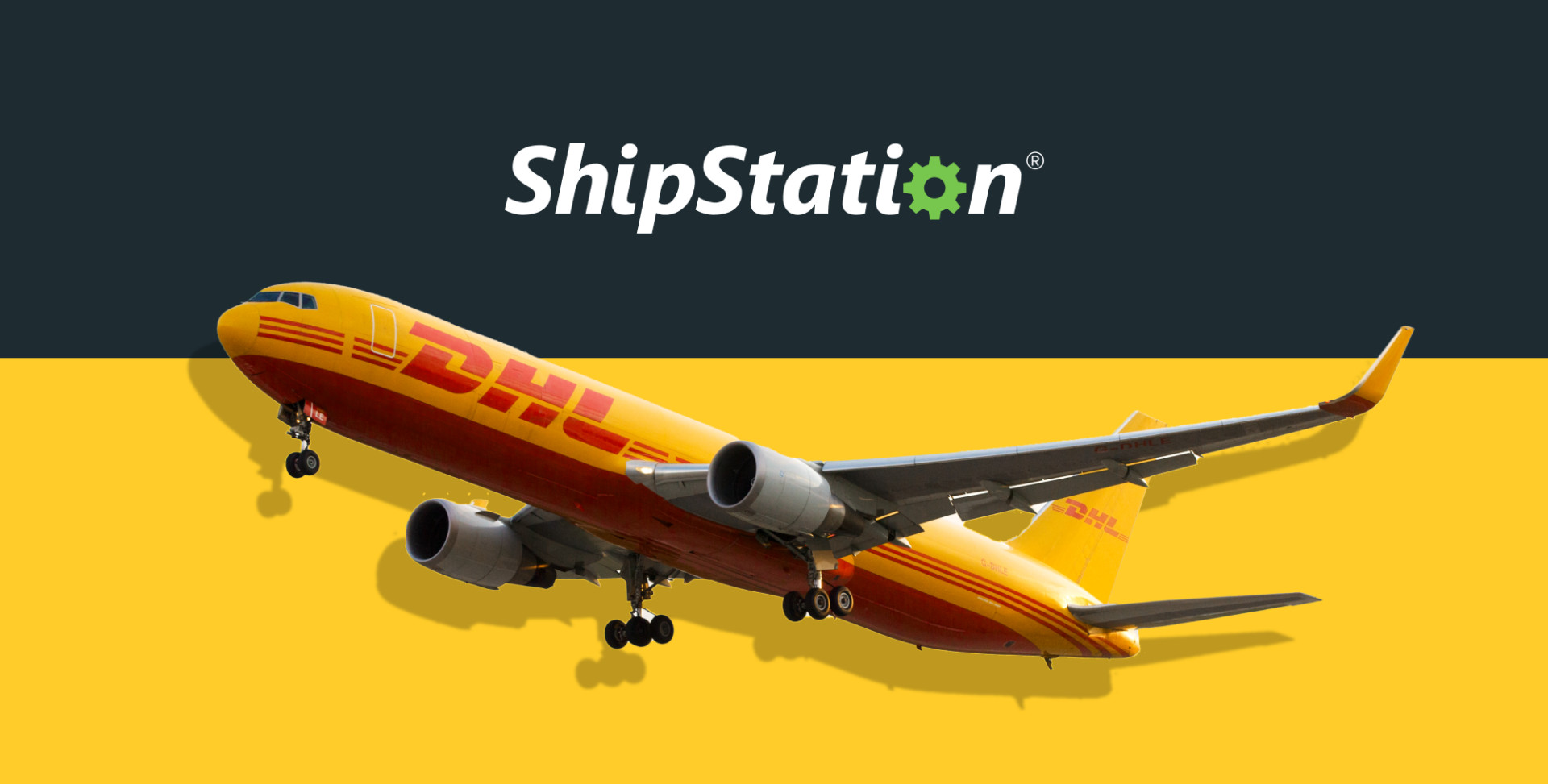6 Best Tips & Tricks to Ship Better & Sell More
This post was contributed by Grace McClure, Content Marketing Manager of Celery. Celery is a single-stop ecommerce platform for innovative brands—large and small—to take pre-orders, crowdfund independently, and to continue selling before and after items are in-stock.
Editor’s Note: This is an abbreviated version of Celery’s original post. Head to Celery’s blog to read about how to use the shipping process to leave a lasting impression with your customers.
New to ecommerce? Welcome! It’s an exciting, vast world out there and you’ve picked a great time to dive in. The holidays may be busy, but it’s also when people are searching for the best products and deals and that can give you a great chance to get your name out there and start building a clientele.
Our pals at Celery spoke with us and gathered up tips, tricks, and treats to help those of you just getting into ecommerce hit the shipping lane running.
1. Make Shipping “Free”. If You Can’t Do This, Make it Simple.
Nothing is simpler than free. If you offer free shipping, you’ve eliminated a massive reason why customers fail to pull the trigger on a purchase. According to a survey conducted by Forrester Research, the number one reason for cart abandonment is high shipping and handling costs. If you’ve done the research and have the shipping cost projections, adding this total into an inclusive product price can lead to better conversions and fewer carts with abandonment issues.
If offering a shipping-inclusive product total is too great a calculated risk, flat shipping is often the next best thing.
>>Tip: If you can’t permanently commit to inclusive pricing, run a “free shipping” promotion. Great for boosting sales, or at the least, test how valuable rounded pricing is to your consumers.
2. Make a Shipping Explainer Video or Image Reel
We’re living in the digital age and what’s more digital than an explainer video? Okay, there are probably a few things. But nonetheless, videos can help justify your product or shipping costs, explain the process, and offer your customers trust-gaining transparency. According to ReelSEO, “73 percent of customers are more likely to make a purchase after watching a video.” And in case you were getting self-conscious that a video is a bit over the top, there are over 9,000 videos about shipping costs and processes on Youtube.
In a virtual reality nutshell, communicating your shipping process and policies justifies your pricing, creates patience and understanding with customers, and is something that can lead to more sales.
3. Include Shipping FAQs
Along the same vein as a shipping explainer video, FAQs about your shipping process and policies help to gain customer trust, while justifying your fulfilment timeline and pricing. To put it simply, answering key shipping questions in an easy-to-find, digestible way is crucial for your conversions and sales. Explaining the 5 W’s–who, what, when, where and why–of shipping helps seal the deal.
4. “Every Click Counts”. Automation, Automate, Automated.
Printing shipping labels or notifying customers when their product has shipped may seem like minor drops in your to-do bucket, but tasks like these quickly add up. As the ShipStation team reiterates, “it’s all about reducing the clicks and number of steps”. For busy sellers automation is truly king (or queen).
ShipStation allows its customers to set up automation rules and filters, building in countless “if this, than that” scenarios to streamline fulfillment, processing, and shipping. Setting automation rules like adding insurance onto only international orders, matching product weight to appropriate box sizes, or ensuring return labels are included in select orders, will save you tons of valuable time (and stress). Pair these rules with other time-saving automations like sending customized email notifications to customers when XYZ events happen and shipping will become gleefully more manageable.
>> Tip: With ShipStation you can print hundreds of packing slips and printing labels in a batch. When order volume is high, you’ll save time and money by printing your own sticker labels with a thermal printer and 4×6 labels.
5. Track, Compare and Measure Spend
Just like every extra click counts, every extra cost can snowball into a sum that’s hard to swallow. Inefficiencies add up. In order to squash small problems or areas of improvement before they escalate, it’s important to track and measure spend. This is where a shipping report comes in, as well as other useful tools like ShipStation’s shipping rate calculator. With the calculator you can cross compare carriers, service types, estimated shipping times and most importantly, costs. The higher your shipping volume, the more time and money you can save with some due diligence.
6. For the Love of Customers, Customize!
You’ve made the sale, but the selling shouldn’t stop here. According to Adobe report, The ROI from Marketing to Existing Online Customers, “40 percent of U.S. online retail sales come from returning (shopped at a site once) or repeat (shopped at a site more than once) customers”. In other words, the opportunity for your customers to come back for more is huge. However, in order to take advantage of this opportunity, you have to deliver a buying experience that exceeds expectation. As the theme of shipping has proven, it’s all in the details, and customizing your customers post-purchase experience wins hearts (and wallets).
There you have most of it, almost everything you need to know about shipping. Celery has even more tips, tricks, and treats to get you from 0 to shipping. Just head over to Celery’s blog to read about how to use the shipping process to leave a lasting impression with your customers.






